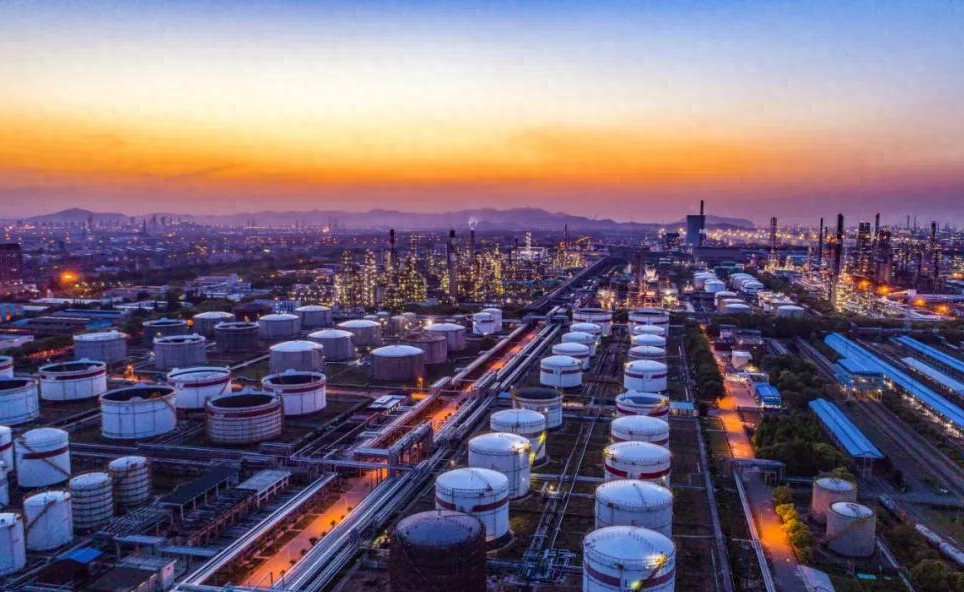Global Refining Margins Plummet to Record Lows
Advertisements
The energy landscape is increasingly dominated by the fluctuating dynamics of the global oil market,which has once again come into focus with the recent release of the International Energy Agency's (IEA) oil market report for October 2024.The report outlines key projections for oil demand and supply,painting a complex picture of an industry grappling with both recovering and declining elements.
According to the IEA's latest projections,global oil demand is anticipated to increase by nearly 900,000 barrels per day (bpd) in 2024,with a further increase of about 1 million bpd expected in 2025.This marks a sharp decline from the post-pandemic growth of around 2 million bpd observed during 2022-2023.It is noteworthy that China,traditionally a major driver of oil demand,will account for only about 20% of the global demand growth this year and the next,down from an overwhelming nearly 70% share in 2023.This shift signals a significant change in the global marketplace,as China’s economic recovery slows down and its demand begins to plateau.
In September,there was a significant drop in global oil supply,plummeting by 640,000 bpd to 102.8 million bpd.Several factors contributed to this decrease,notably Libya's ongoing political turmoil that has hindered oil production and exports.Meanwhile,maintenance activities in Kazakhstan and Norway also resulted in reduced output levels.The report indicates that supply from non-OPEC+ producers is expected to grow by approximately 1.5 million bpd this year and next,with the Americas being the primary region driving this increase,accounting for a remarkable 80% of the growth.
However,the oil sector faces its trials; the report highlights a downturn in refining margin profitability that reached its lowest levels since 2020.In September,due to the declining margins between gasoline,jet fuel,and diesel,the global average refinery profit margins fell sharply.Despite rising crude oil prices amid a relatively tighter market,the processing capacity estimates for crude oil were also revised downward - a predicted decrease of 180,000 bpd to 82.8 million bpd for 2024 and a further adjustment of 210,000 bpd to 83.4 million bpd for 2025.Overall,this points towards the growth being more modest than previously anticipated,with annual increments expected to be about 540,000 bpd and 610,000 bpd,respectively.
Since the spring of recent years,global refinery margins (assessed using the 3-2-1 crack spread) have consistently lagged behind the average recorded over the previous five years (2019-2023).The margins saw a more pronounced decline towards the end of summer and into early fall.The 3-2-1 crack spread,which measures the profitability of refineries by comparing the prices of two barrels of gasoline and one barrel of distillate to the cost of three barrels of crude oil,has illustrated this downturn.The current situation echoes the lows of 2020,when travel restrictions due to the COVID-19 pandemic drastically reduced demand for fuels.
 the supply of distillate fuel oil in the United States fell 6% compared to the same period in 2023 and declined by 8% compared to 2019.This significant contraction is symptomatic of reduced manufacturing activity and shifts towards biofuels replacing traditional oil-based diesel on the West Coast.Gasoline and jet fuel consumption also showed declines slightly below the levels seen in 2023,and there was a notable drop of 6% when compared to 2019 figures,illustrating a cloud of stagnation looming over the consumption market.
the supply of distillate fuel oil in the United States fell 6% compared to the same period in 2023 and declined by 8% compared to 2019.This significant contraction is symptomatic of reduced manufacturing activity and shifts towards biofuels replacing traditional oil-based diesel on the West Coast.Gasoline and jet fuel consumption also showed declines slightly below the levels seen in 2023,and there was a notable drop of 6% when compared to 2019 figures,illustrating a cloud of stagnation looming over the consumption market.Beyond U.S.borders,sluggish economic activity in China and Europe has posed challenges for oil product demand.The rise of electric vehicles,biofuels,and liquefied natural gas in truck transportation is steadily diminishing fuel consumption across much of Asia and Europe.New refining capacities coming online abroad are also applying pressure to refinery profitability.Notably,Kuwait's Al Zour refinery,with a capacity of 615,000 bpd,reached full refining capacity in early 2024.Likewise,Oman’s 230,000 bpd Duqm refinery is now operational,while Nigeria's Dangote refinery,with a capacity of 650,000 bpd,has been ramping up refining activities.
In response to this lower profitability dilemma,several global refineries have scaled back operations.In Europe,plans to close or reduce capacity have been announced by some refineries.Although these decisions were made prior to the recent dip in refinery margins,companies like LyondellBasell have stated intentions to close their 264,000 bpd refinery facility in Houston,Texas,in the first quarter of 2015.This combination of increasing production pressures and shifting consumption patterns suggests a transformative period for the global oil market,highlighting the conflicting imperatives of rising demand in certain regions and declining profitability in others.
post your comment